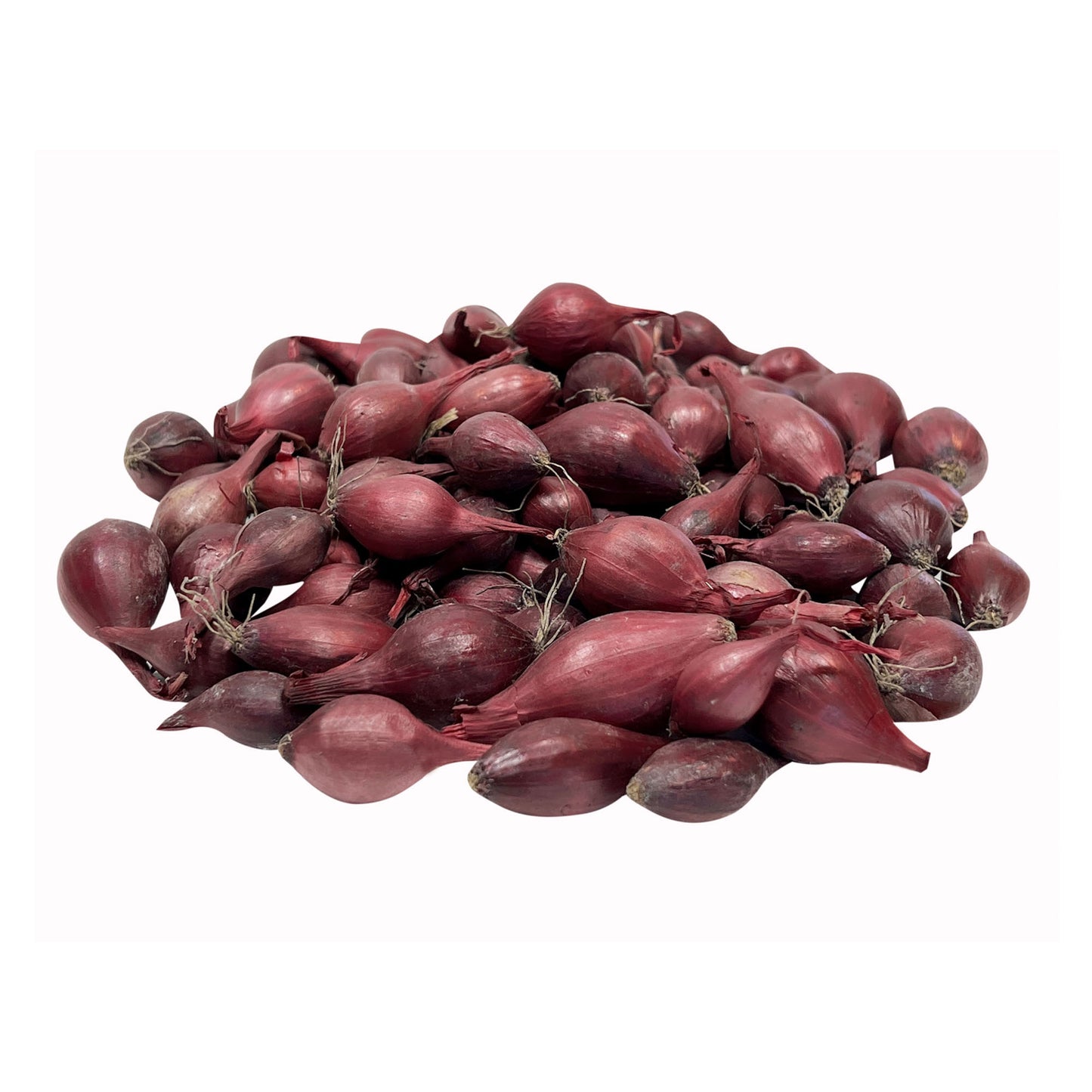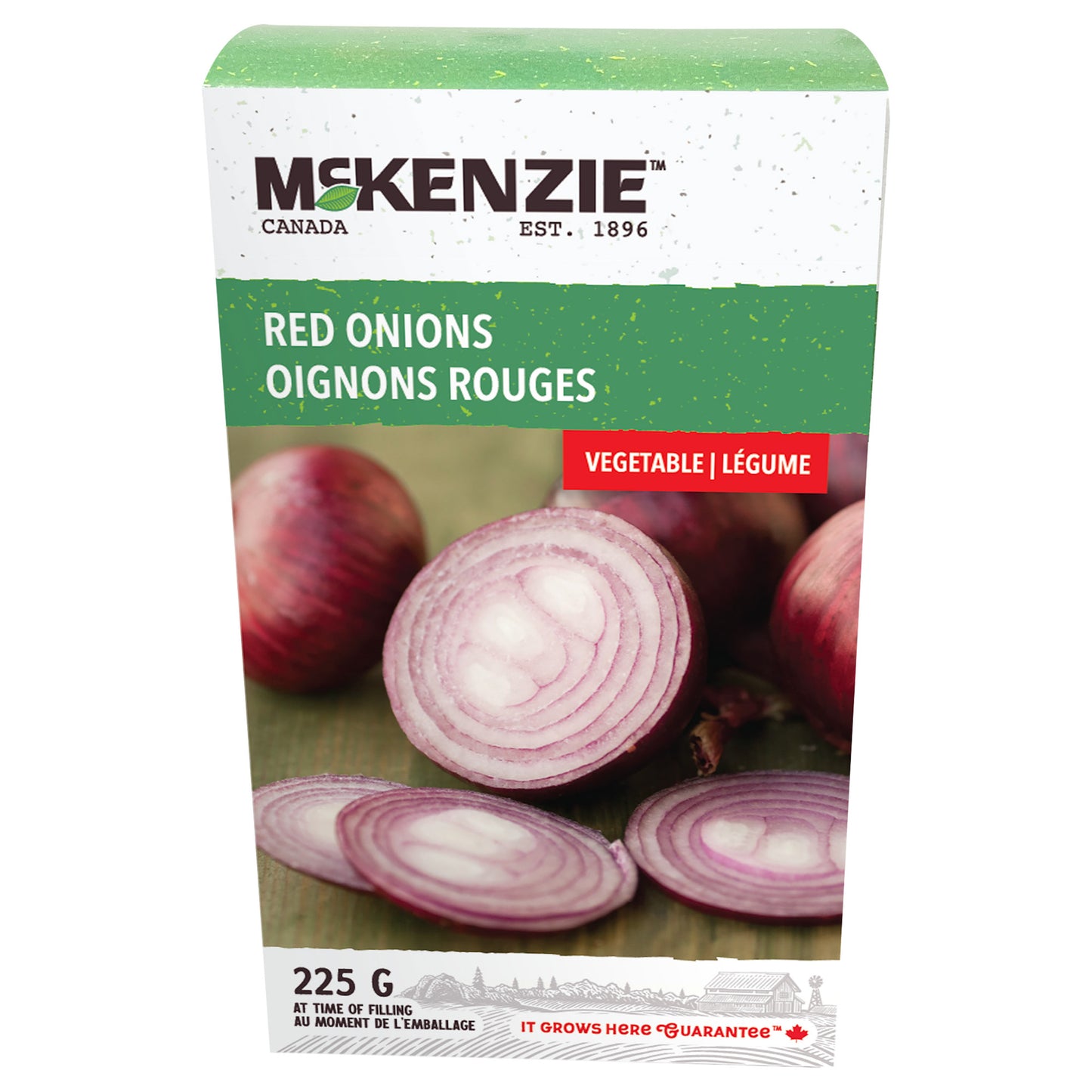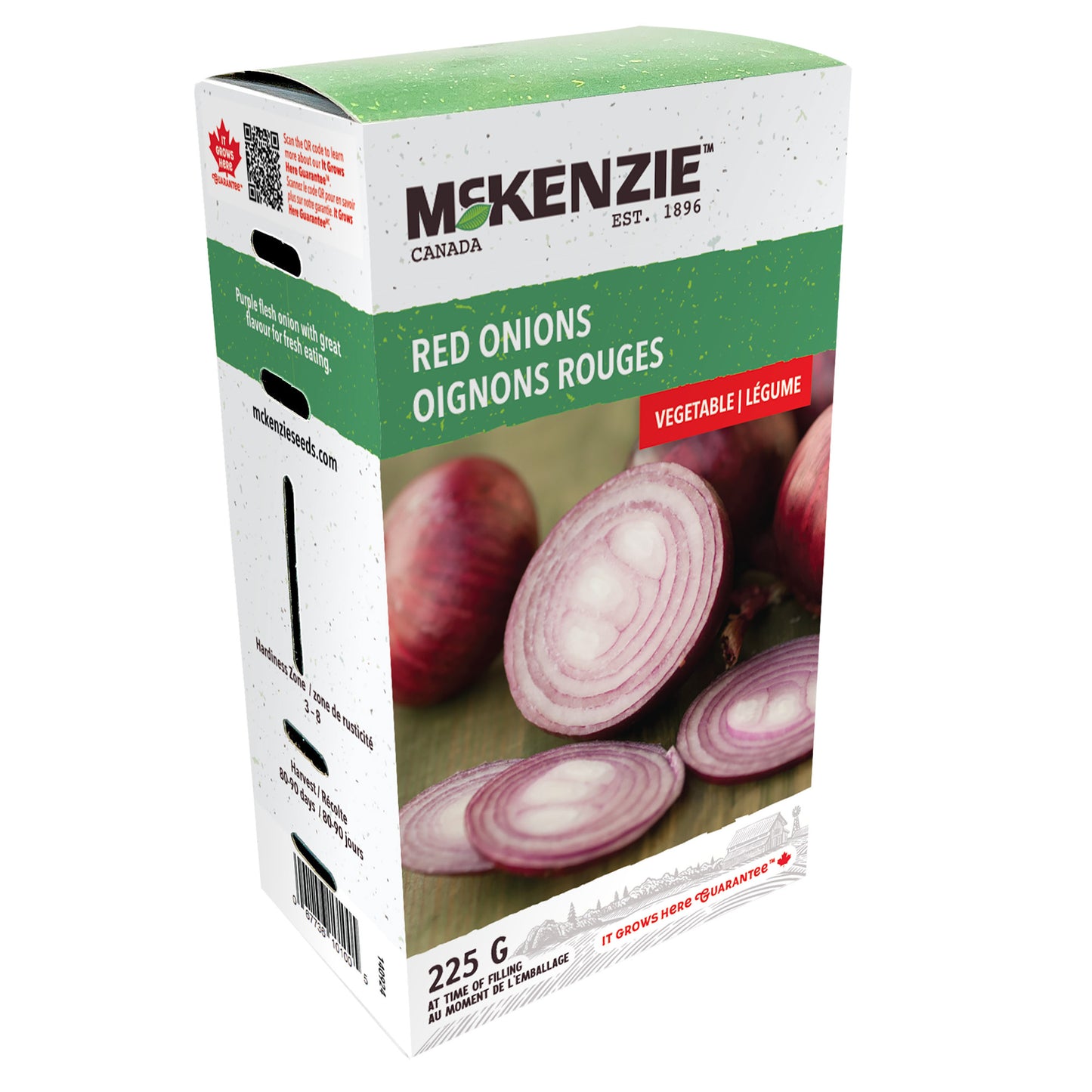Buy 4 Get 1 Seed Packet Free With Discount Code MAYZING & Free Shipping On Orders $35+ View Offers >




You may also like

Join our rewards program today to start saving!

Free Shipping on orders over $50

There are a ton of ways to earn!








